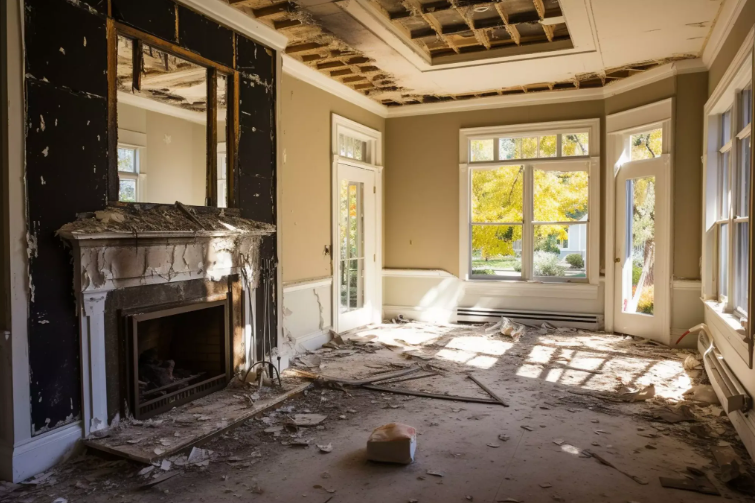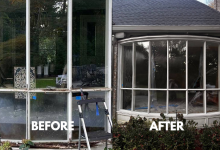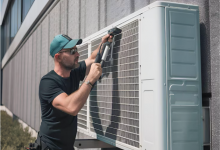Fire hotspots: identifying the most vulnerable areas in your home for fire damage
Identifying Fire Hotspots in Your Home
Fire damage can be devastating, leading to significant loss and disruption. Understanding where fires are most likely to start in your home can help you take preventive measures to protect your property and loved ones. This article will explore the most vulnerable areas in your home for fire damage and provide strategies for minimizing risk.
Kitchen: The Heart of Fire Hazards
Cooking Equipment
The kitchen is often the most fire-prone area in a home due to the high use of cooking equipment. Unattended cooking, grease buildup, and faulty appliances can easily ignite fires. Ensure that cooking surfaces are clean, and never leave cooking unattended.
Electrical Appliances
Kitchen appliances such as microwaves, toasters, and coffee makers can pose fire risks if they are old or malfunctioning. Regularly inspect these appliances for frayed cords or other signs of wear and tear, and replace them as needed.

Living Room: Hidden Dangers
Fireplaces and Heaters
Fireplaces and portable heaters can create cozy atmospheres but also pose significant fire risks. Ensure that fireplaces are regularly cleaned and inspected. Keep flammable materials away from heaters and never leave them unattended.
Electrical Outlets and Wiring
The living room often contains numerous electronic devices that can overload electrical outlets. Use power strips with surge protectors and avoid overloading outlets. Regularly check for signs of faulty wiring, such as flickering lights or a burning smell.
Bedrooms: A Safe Haven with Risks
Candles and Incense
While candles and incense can add a relaxing ambiance, they are common causes of household fires. Never leave them burning unattended and keep them away from flammable materials such as curtains and bedding.
Electric Blankets and Heating Pads
Electric blankets and heating pads can overheat and cause fires if they are old or used improperly. Follow the manufacturer’s instructions and inspect these items regularly for any signs of damage.
Attic and Basement: Overlooked Hotspots
Storage Items
Both attics and basements are often used for storage, which can create fire hazards. Items such as old newspapers, clothing, and holiday decorations can easily ignite. Keep these areas organized and free of clutter, and avoid storing flammable materials near heat sources.
Electrical and HVAC Systems
The electrical and HVAC systems in attics and basements can pose fire risks if not properly maintained. Ensure that these systems are inspected and serviced regularly by professionals.
Garage: A Potential Ignition Zone
Flammable Liquids
Garages often contain flammable liquids such as gasoline, oil, and cleaning supplies. Store these items in approved containers and keep them away from heat sources and open flames.
Vehicles
Vehicles can also be a source of fire if they have fuel leaks or electrical problems. Regularly maintain your vehicles and address any issues promptly to reduce the risk of garage fires.
Laundry Room: Hidden Heat
Dryers
Dryers can be a major fire hazard if lint builds up in the vent or filter. Clean the lint filter after every use and ensure that the vent is clear of obstructions. Have your dryer serviced regularly to keep it in good working order.
Washing Machines
Washing machines can cause fires if their electrical components fail or if they overheat. Regularly inspect your washing machine for signs of wear and tear and replace it if necessary.
Outdoor Areas: Beyond the Home’s Walls
Grills and Fire Pits
Grills and fire pits can create enjoyable outdoor spaces but also pose fire risks. Keep them away from structures and flammable materials, and never leave them unattended while in use.
Landscaping
Dry vegetation and improperly maintained landscaping can fuel fires. Keep your yard well-maintained and free of dry leaves and branches. Consider creating defensible space around your home to reduce the risk of wildfire spread.
Identifying and addressing fire hotspots in your home is crucial for preventing fire damage and ensuring the safety of your family. Regular inspections, proper maintenance, and adherence to safety guidelines can significantly reduce the risk of fires in the most vulnerable areas of your home. By taking these proactive measures, you can protect your home from devastating fire damage and create a safer living environment.
For professional assistance with fire damage restoration, consider reaching out to a specialized service provider to help you recover and rebuild after a fire incident.















